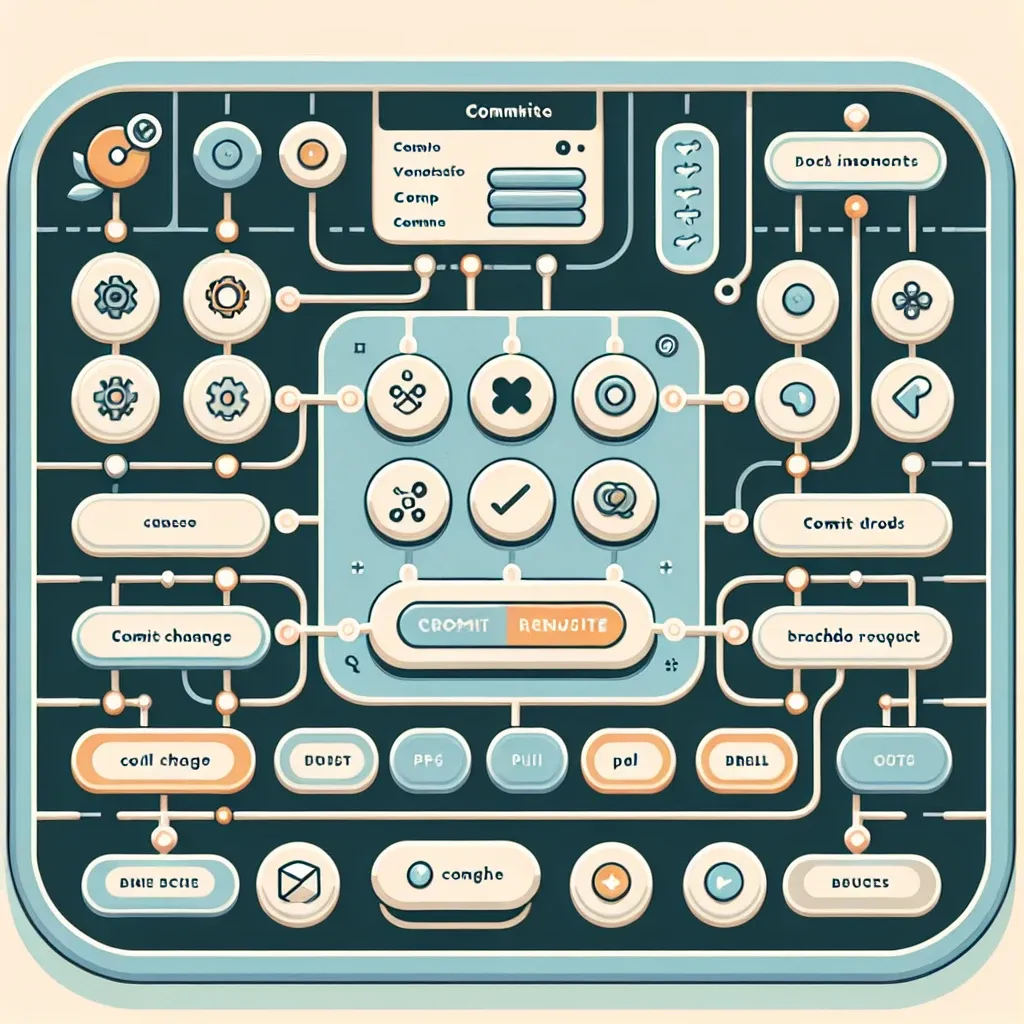Top Linux Terminal Emulators Compared: A Comprehensive Guide
The Linux terminal is a powerful tool, but the experience can be significantly enhanced by choosing the right emulator. This article compares some of the top contenders, helping you select the perfect fit for your workflow and preferences.
Key Features Considered
Our comparison considers several crucial aspects:
- Performance: Rendering speed, responsiveness, and resource usage.
- Customization: The extent to which you can personalize themes, colors, fonts, and keyboard shortcuts.
- Features: Tab management, split panes, session management, extensions, and integrated tools.
- Usability: Overall ease of use and intuitive interface.
- Cross-Platform Compatibility: Availability on other operating systems.
Top Emulators in Detail
1. GNOME Terminal
GNOME Terminal is the default terminal emulator for many GNOME-based desktops. It’s simple, reliable, and well-integrated into the GNOME ecosystem. While not as feature-rich as some others, its ease of use and stability make it a popular choice for beginners and experienced users alike. Customization options are decent, allowing for theme changes and some keyboard shortcut configuration.
2. Konsole
Konsole, the default terminal emulator for KDE Plasma, offers a robust feature set. It boasts excellent tab management, customizable shortcuts, and support for multiple profiles. Performance is generally good, and it integrates seamlessly with the KDE environment. Its advanced features make it a strong contender for users who value customization and efficiency.
3. xfce4-terminal
xfce4-terminal is the default terminal for the Xfce desktop environment. It’s lightweight, fast, and resource-friendly, making it ideal for older or less powerful machines. While it lacks some of the advanced features found in Konsole or Terminator, its simplicity and speed are its biggest strengths. Customization options are available, but they are less extensive compared to other emulators on this list.
4. Terminator
Terminator shines with its powerful features for managing multiple terminal windows. Its ability to create custom layouts, split panes, and easily switch between sessions makes it a favorite among developers and power users. Customization is extensive, offering a wide range of options for themes, colors, and keyboard shortcuts. Its performance is generally good but may be slightly resource-intensive compared to lighter-weight options.
5. Alacritty
Alacritty is a highly performant terminal emulator known for its speed and efficiency. It’s written in Rust, making it incredibly fast and often outperforming other emulators in terms of resource usage. While customization options are available, they might not be as extensive as some of the other emulators. Its focus is on speed, minimalism and stability which makes it a great choice for those who value performance above all else. If you prioritize speed and low resource consumption, Alacritty is worth considering.
6. Guake
Guake is a drop-down terminal designed for quick access without cluttering your workspace. It’s ideal for users who need a terminal readily available but don’t want it taking up screen real estate. Its drop-down functionality is its primary feature, making it unique among the emulators on this list. Customization options are available but mostly focused on the appearance and behavior of the drop-down itself.
Choosing the Right Emulator
The best Linux terminal emulator depends on individual needs and preferences. Consider the following factors:
- Your Desktop Environment: Using the default terminal emulator for your desktop often provides the best integration.
- Your Priorities: Do you prioritize speed, customization, or a specific feature set?
- Your Technical Expertise: Beginner-friendly options exist alongside more advanced emulators.
Experiment with different emulators to find the one that suits your workflow. Many are relatively lightweight and easy to install, allowing for a hassle-free trial-and-error process. For more information on installing and configuring terminal emulators, you can consult online resources such as Linux.com.
Ultimately, the “best” terminal emulator is subjective. The goal is to find one that improves your productivity and enhances your Linux experience.




